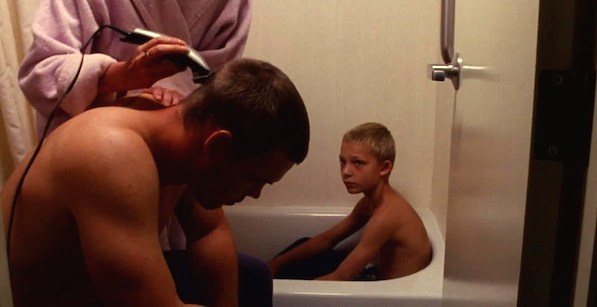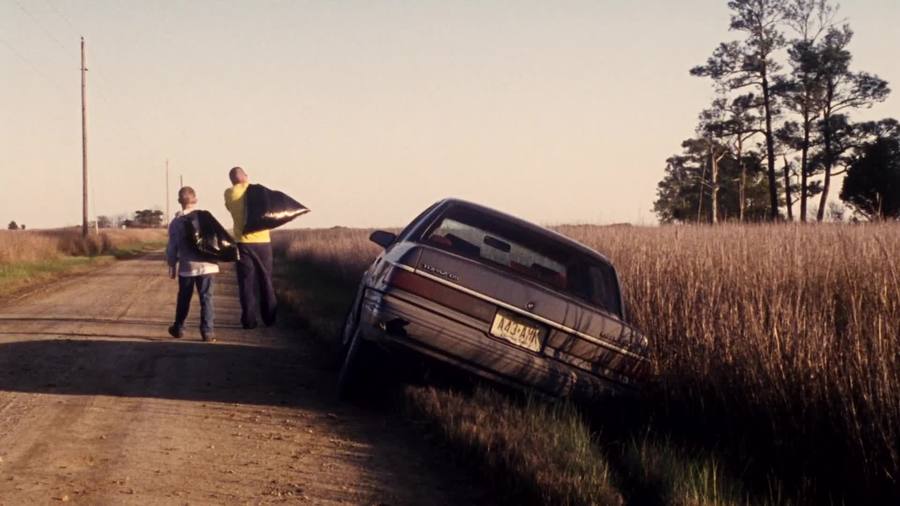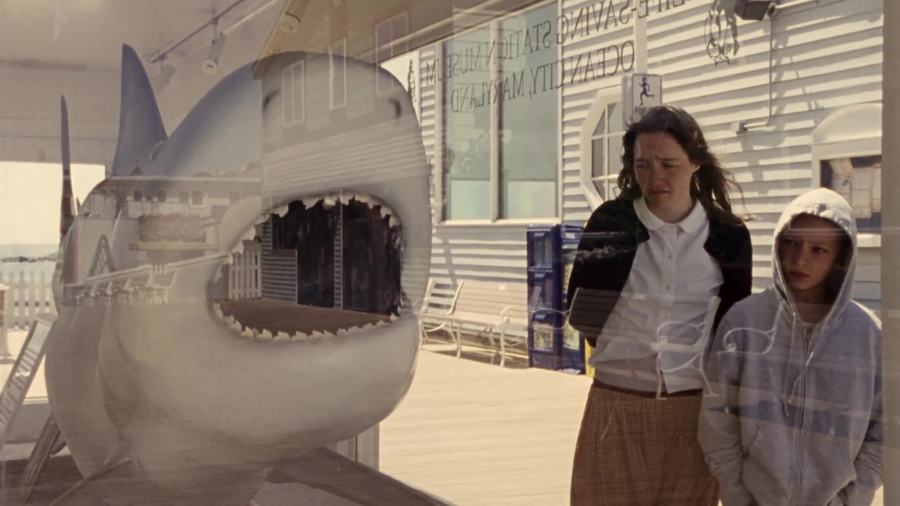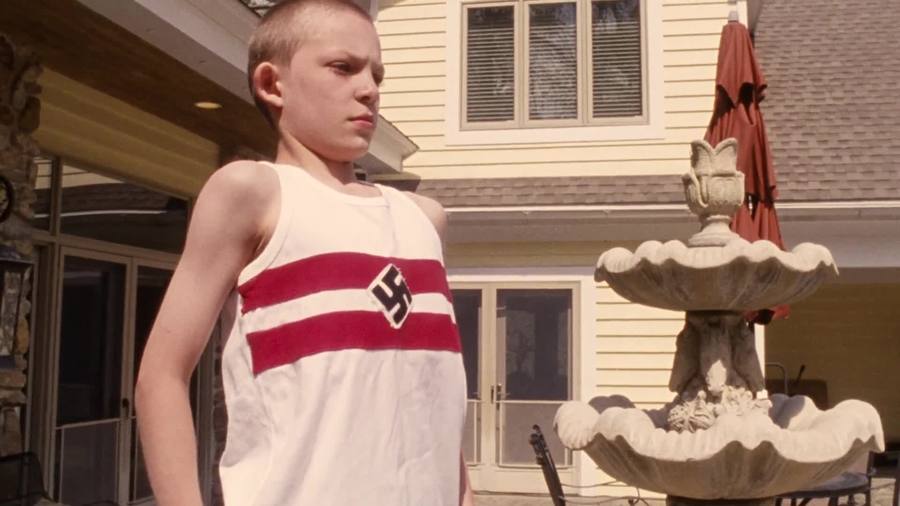[Editor’s note: This film is available for viewing for the length of its theatrical run in the New York area at Anthology Film Archives. Others may see it here at Fandor.]
Filmmaker Andrew T. Betzer’s day job is working at Cineric, in New York City, one of the industry’s most highly regarded film restoration and preservation houses, where traditional photochemical processing intermingles with modern digital technology. They have restored and preserved over 1,000 films, working with movie studios and cultural institutions, and have done pioneering work in the field, such as completing the first 4k restoration of a black-and-white film (Dr. Strangelove), and specially modifying all their equipment to restore the only two films shot in Cinemascope 55 (Carousel and The King and I). In addition to writing, directing and editing his first feature, Young Bodies Heal Quickly, Betzer also color-graded the film himself, taking advantage of his experience with, proximity and access to high-end equipment to imbibe the super 16mm footage that he and his director of photography, Sean Price Williams, shot with a breathtaking visual thrust rarely seen in low to mid- budget independent film. Color, focus and detail propel Betzer’s picaresque saga of two brothers on the run in rural Maryland, after their casual violent behavior results in the death of a young girl, and it is no doubt the striking photographic achievement that earned this unorthodox narrative film its current exhibition at New York’s prestigious Anthology Film Archives, whose screenings are often reserved for the designated classics of avant-garde and independent cinema.
The film opens with two images that set the stage for the bizarre adventure we’ll take with Betzer and his cast: a toilet, perched atop a tall glass structure, a “visual puzzle to which there is no answer,” Betzer told Nicholas Elliott in a 2014 interview for Bomb Magazine, followed by the sight of the older of the two brothers scaling a barbed-wire fence. These two young boys have violence as their inheritance, and their escape from it seems unlikely. They will only discover more and more strange iterations of this legacy as they retreat through the awkward back roads of America. The locations where Betzer chose to shoot clearly have familiarity and emotional resonance for the filmmaker. He grew up in Maryland, and we see this landscape through his intimate eye.
The actors deliver largely physical performances, eschewing dialog in favor motion and gesture. Betzer has an affinity for silence, allowing his imagery to speak, mostly uninterrupted by non-diegetic sound. The sparse use of music proves quite effective. The first of two pieces we hear, “No One to Welcome Me Home,” by Uncle Dave Macon, plays a few times as the brothers get in their car to continue their journey, and reinforces the rural American setting in which these characters inhabit. The films climactic sequence takes place during a Vietnam War re-enactment, and is partially soundtracked by “A.C.R.O.N.Y.M.” by the London-based band Teeth of the Sea. This is the first truly non-diegetic music we hear in the film (it is suggested the two boys might be listening to Uncle Dave Macon in the car), and its synthesizers and electronic pulses are a wonderfully jarring presence in the movie (French actress Julie Sokolowski, as a maid in the deserted sea-side resort the brothers visit earlier in the film, asks the younger boy if he’s seen the film “Les Dents de la Mer,” the French title for Jaws, which translates as “The Teeth of the Sea.”)
The two brothers encounter their father, a sympathetic character (he sleeps on the floor, allowing the boys to sleep on beds), although he sells Nazi artifacts on the Internet, and participates in the macabre ritual of war re-enactment. That American men and women would gather in a field somewhere and re-enact its various wars, for pleasure, costumed as soldiers from both sides, is a curious phenomenon. The Vietnam War re-enactment offers a potent and multifaceted cinematic commentary on the boy’s, and their nation’s, history of conflict. Betzer and Price Williams donned U.S. Department of Army Photographic Operations uniforms to shoot amongst actual re-enactors, so as not to disturb their fantasy. Playfully evoking a brutal war, as well as any number of war films, Betzer leaves the fate of his characters mostly unresolved. “History can’t hurt you, good or bad. It’s just history,” the father tells his younger son as the boy tries on a garment once worn by Nazi children. Surely, in this film, one can only imagine while watching, that is not actually true.







